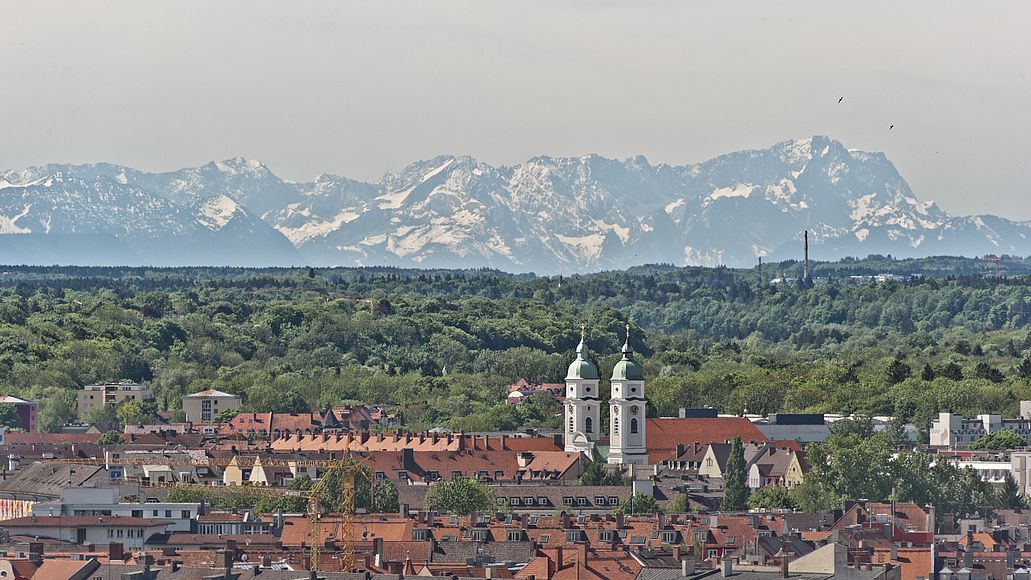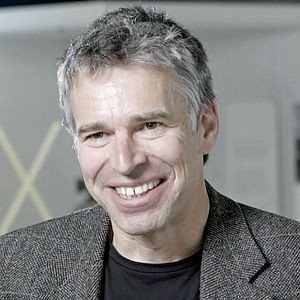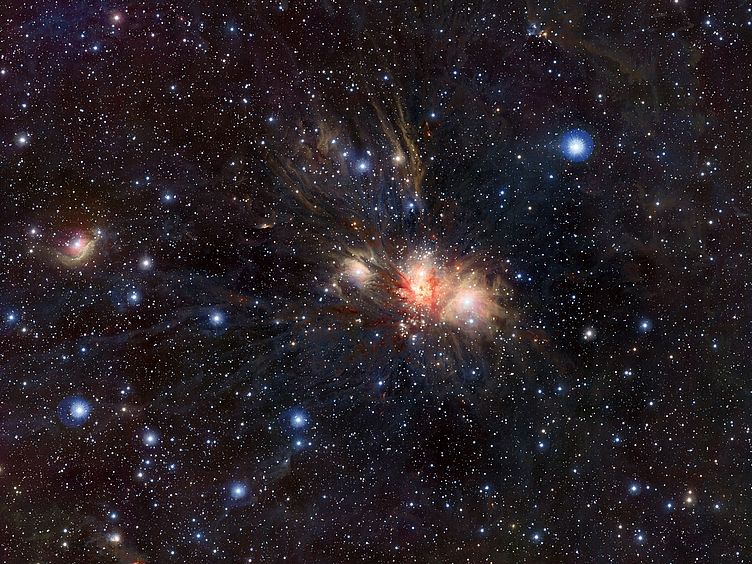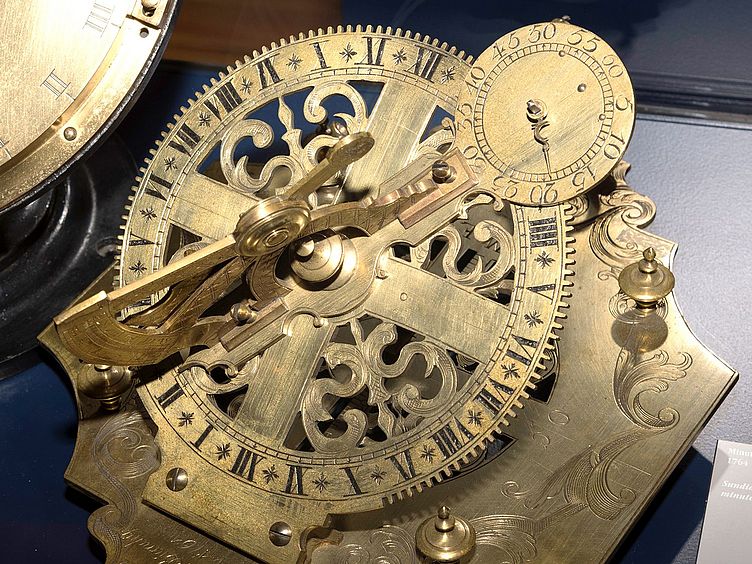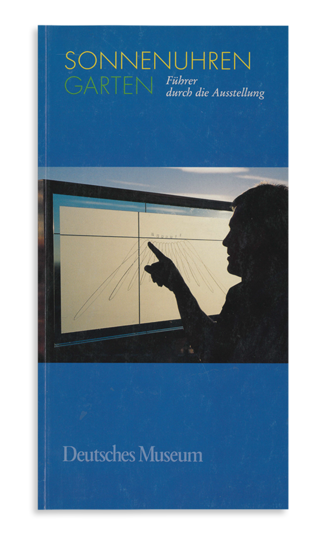

Photo: Deutsches Museum | Christian Illing
Natural Sciences
Sundial Garden – a Garden full of Clocks
The terrace beside the Planetarium not only offers wonderful views over Munich, but also allows you to marvel at the ingenuity of sundial design.
What is a Sundial Garden?
We are used to the sight of a single large sundial on a tower or façade that can be seen from a distance and dominates the surroundings. Our sundial garden is something completely different: it features 21 sundials set up alongside one another. They work according to different principles and can be viewed and compared at close quarters in the open, before the beautiful backdrop of the Isar valley and the Alps.
The oldest sundials were invented several millennia ago, the newest only in the past few years. Retaining their functional principles, they have been recalculated and designed with modern technical equipment and the maximum degree of accuracy.
With just two exceptions, all the sundials were calculated and produced by the sundial maker Yves Opizzo (Haigerloch, Germany), and the sculptor Christian Tobin (Diessen, the Netherlands).
21different sundials are on display.
1965is the year Martin Bernhardt invented the precision sundial.
1994is when W. Krotz and D. Scharstein developed a sundial that shows the true solar time digitally.
Themes and Contents
Photo: Deutsches Museum | Christian Illing
Polyhedron with 25 different Sundials
Multiple sundials on geometrically complex bodies have been widespread in Europe since the 16th century. The different orientations and inclinations of the faces were seen as a challenge. Very comprehensive research work was needed for the construction of the individual sundials.
They show the true solar time, the universal time and the Italian and Babylonian time systems. The faces are calculated for the geographic latitude and longitude of the terrace of the Deutsches Museum (latitude 48° 07’ 50” N/ longitude 11° 35’ 00”E ). You can see three spider sundials and seven horizontal sundials for universal time, five sundials that show Babylonian and Italian hours and ten sundials for the true solar time. The sun reaches at least six faces at any time.
Photo: Deutsches Museum | Christian Illing
Alpirsbach Sundial
Sundials of this kind measure the hour angles of the sun. They have been in use in Europe and in Islamic countries from the 12th century to the present day. The sundial in Alpirsbach in the Black Forest was created in 1477. It is one of the earliest sundials in Germany that can be accurately dated and has a gnomon that is parallel to the Earth’s axis.
Photo: Deutsches Museum | Christian Illing
Digital Sundial
This sundial, which displays the true solar time digitally, was only developed and patented in 1994 by Werner Krotz-Vogel and Daniel Scharstein. No other sundial can be read as easily and clearly.
The sunlight falls at an angle that depends on the time, first through a periodic array of slits and then through a second array at a suitable distance. There, it only lights up the slits that belong to a single number at any given moment.
Photo: Deutsches Museum | Christian Illing
Greek Scaphe
At the time of the summer solstice, the shadow cast is minimal and falls precisely onto the bottom-most line. Then the shadow grows again, reaching the top line at the time of the winter solstice.
The time is divided into temporal hours, which do not have a fixed length, but subdivide the time from sunrise to sunset into intervals of equal length. Therefore, a temporal hour is longer in the summer than in the winter.
Precision sundial. Photo: Deutsches Museum
Precision Sundial
Martin Bernhardt invented this sundial in 1965. This down-to-earth engineering solution to the sundial problem is quite different in appearance to all the other sundials. The design aims to make telling the mean solar time just as easy as with a mechanical clock.
The equation of time is incorporated by the shape of the club-shaped gnomon, which is parallel to the Earth’s axis. The edge of the shadow runs along the linear scale around the body like the hand of a clock, and the time can be read with equal accuracy throughout the day. There is no complicated system of lines.
Central European Time (CET) is read at the left edge of the shadow. 12.16 CET = 12.00 true solar time.
Calculated and produced by: Werner Schreiner.
Inside the Sundial Garden
Virtual Tour
Discover the exhibition in 360°: click the mouse or touch the screen to look around in any direction. The virtual tour also includes text, films and audio information for many of the exhibits.
Virtual Tour through the Sundial Garden
Any Questions?
![]()
Dr. Christian Sicka
Curator
Abteilung Astronomie, Planetarium, Atomphysik, ZeitmessungDeutsches Museum
80306 MunichTelephone +49 89 2179 350
Fax +49 89 2179 99350
Email c.sicka@deutsches-museum.de
Do you have organizational questions?
Cornelia Schubert
Assistance to department heads, main department heads and curators
Susanne Schmölz
Assistance to department heads, main department heads and curators



